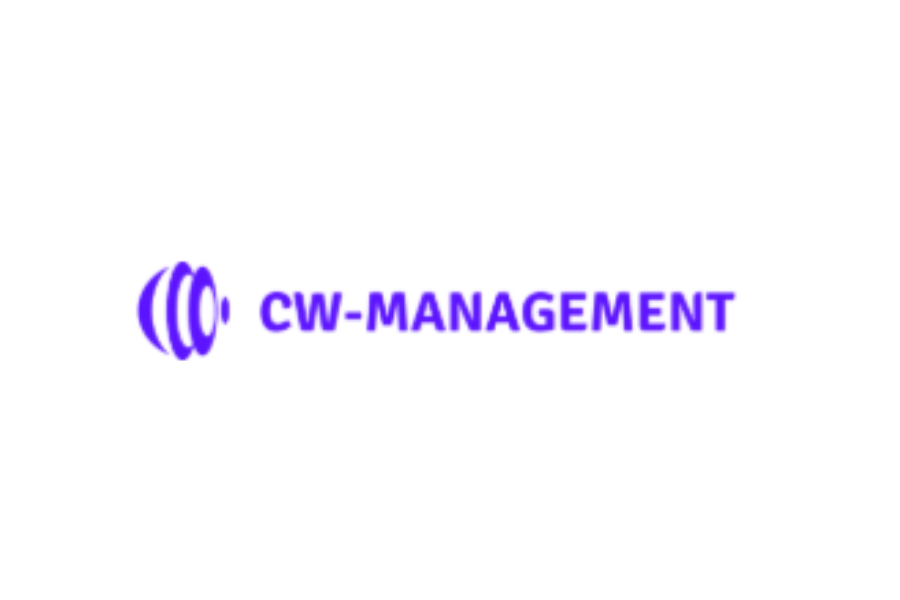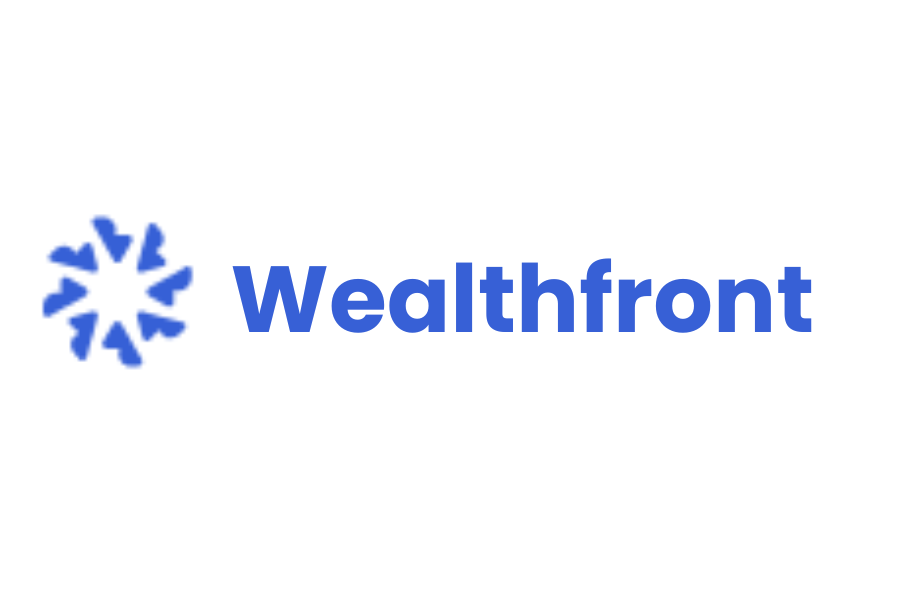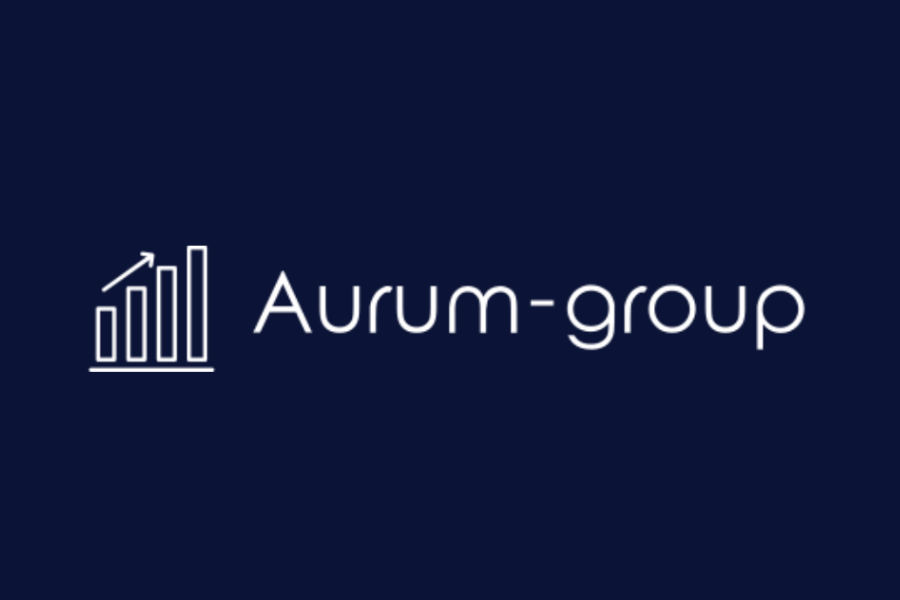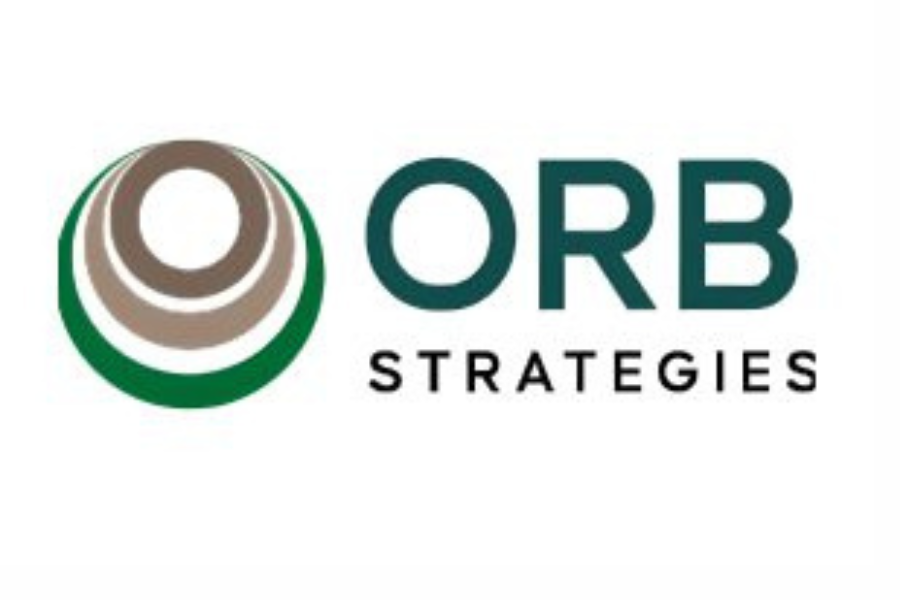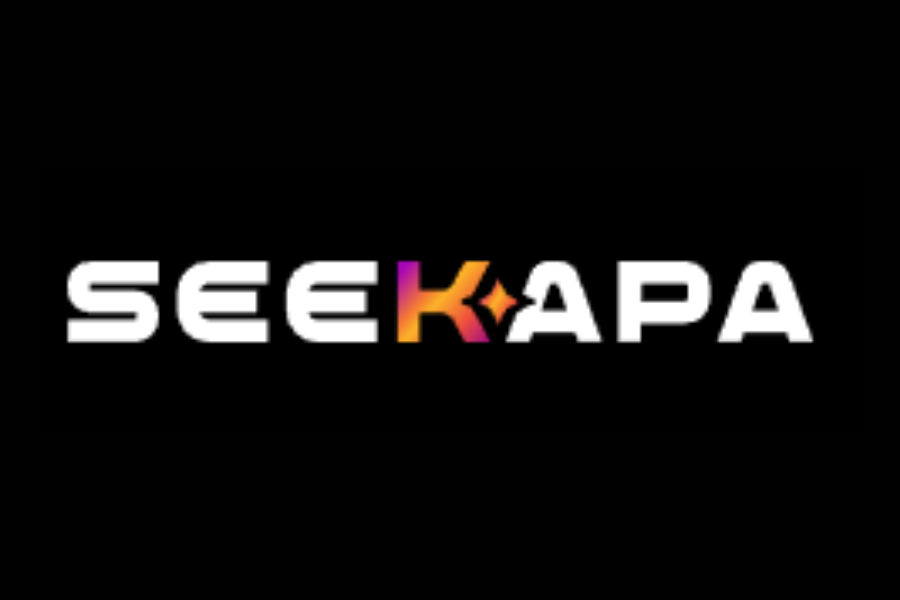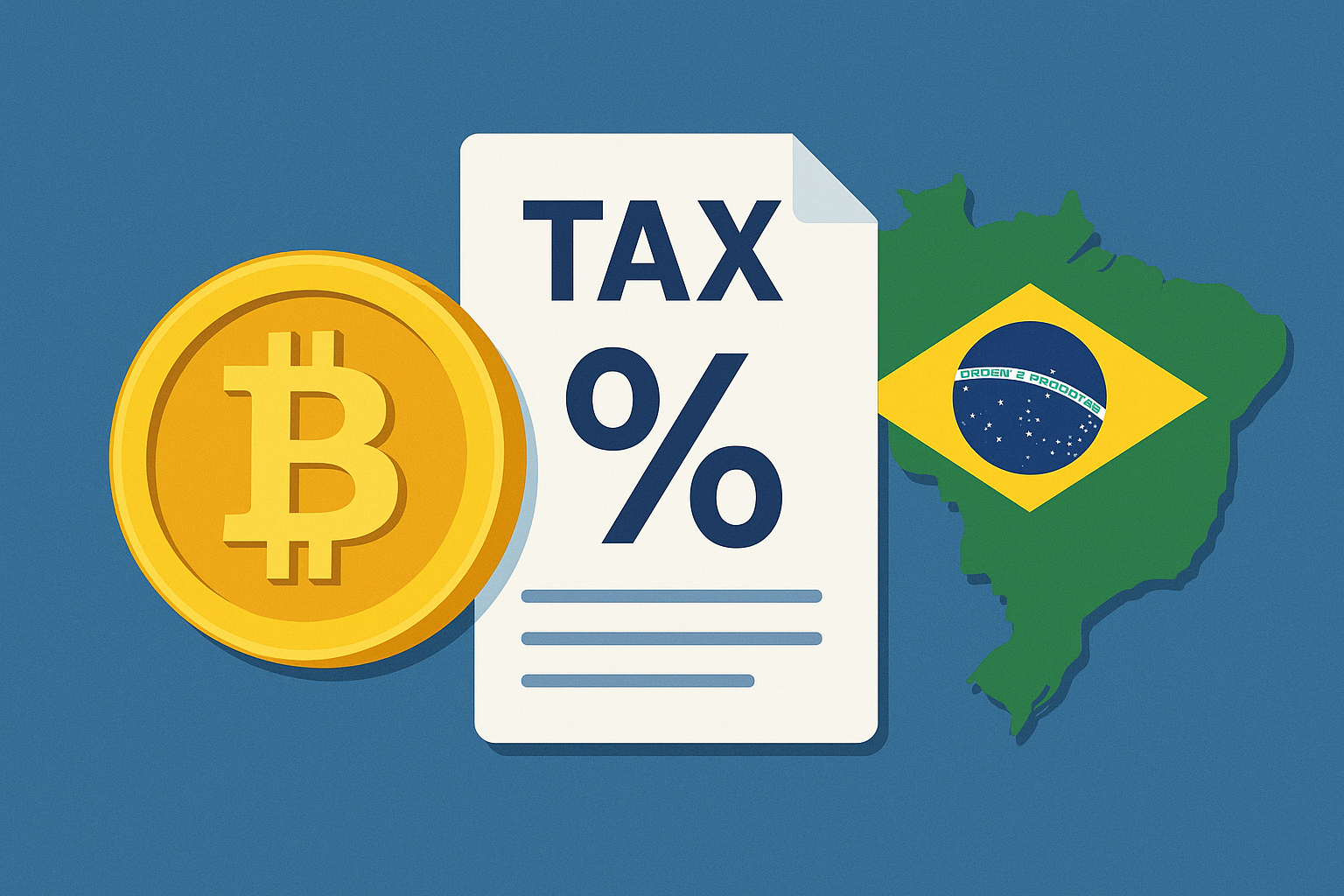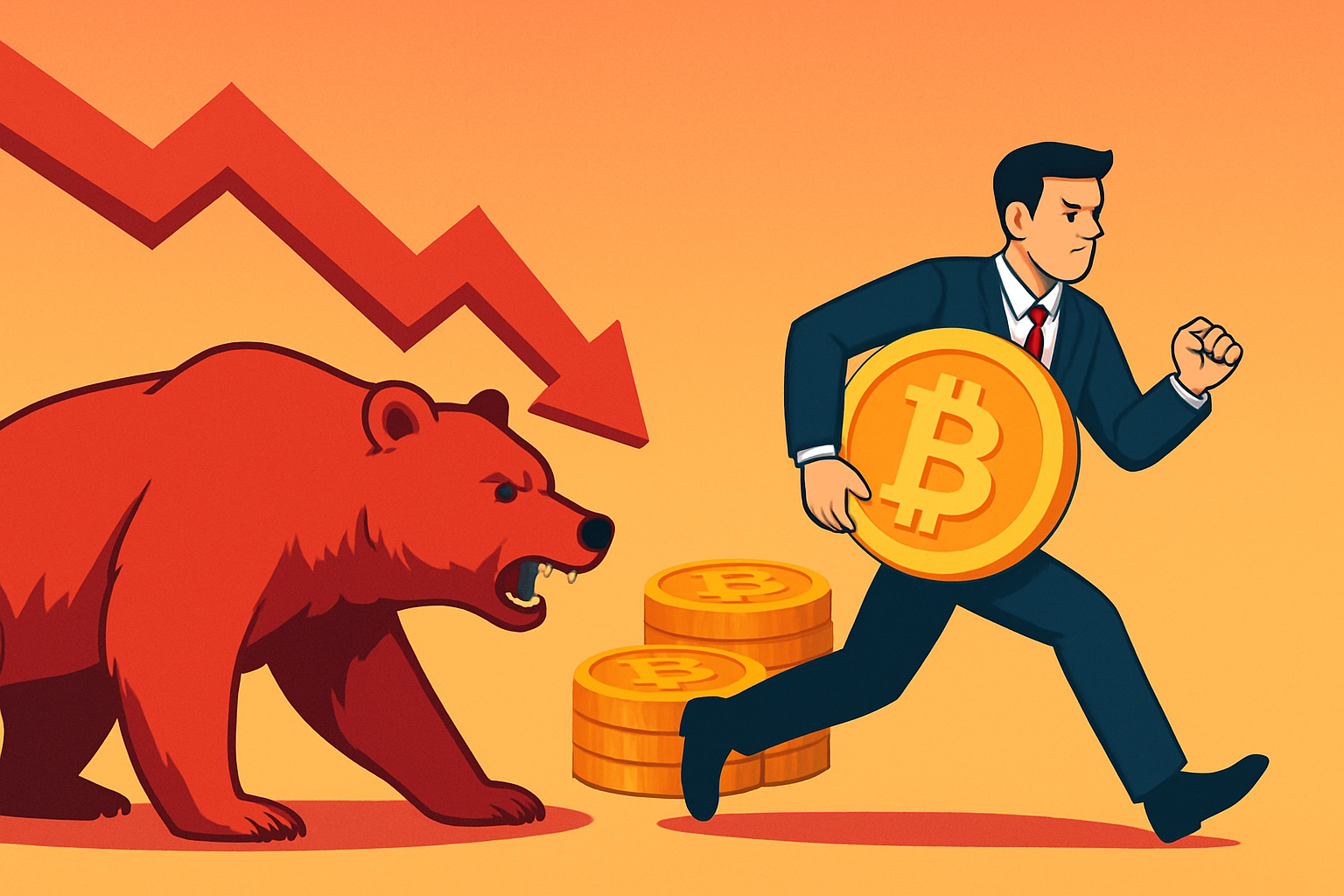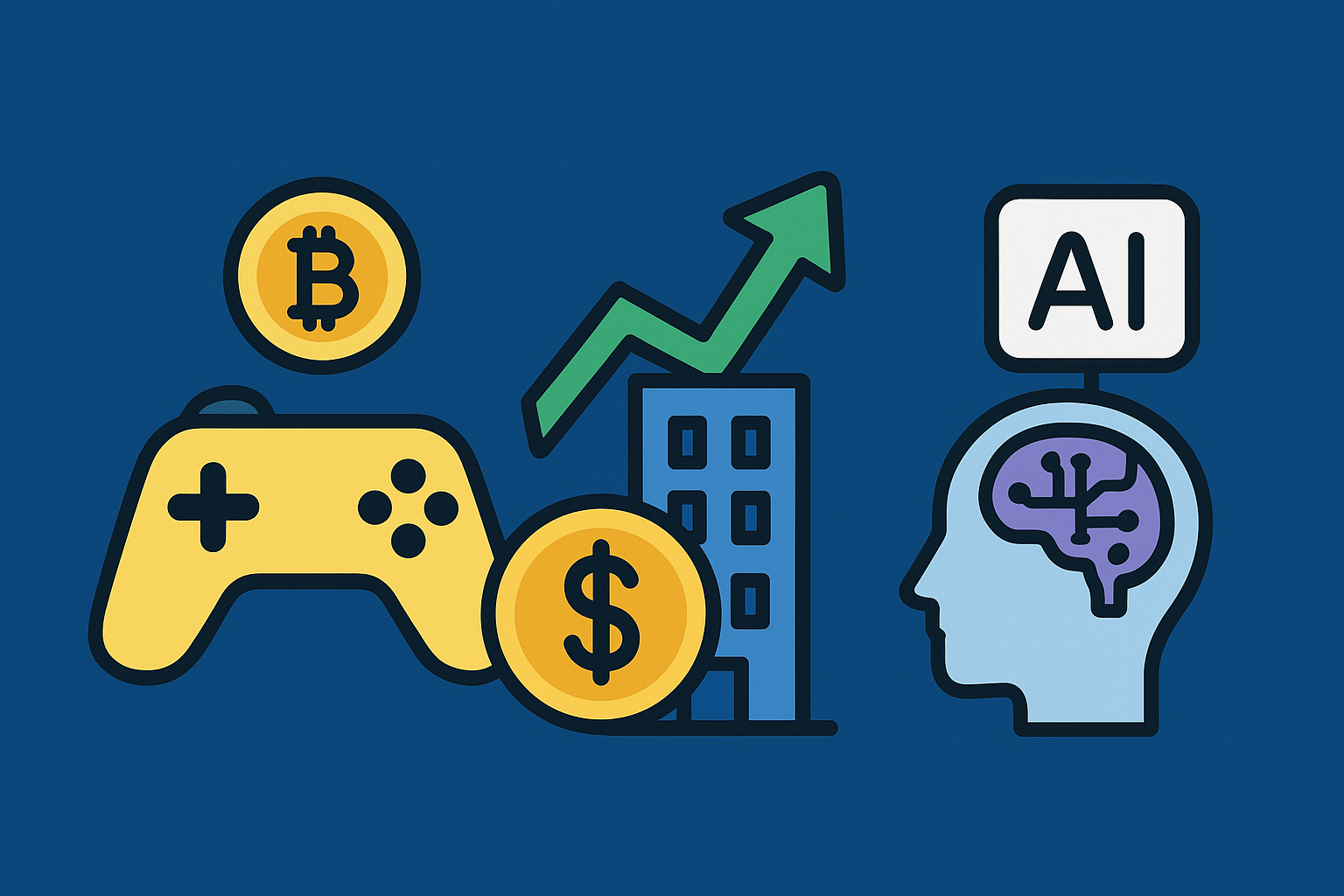Cryptocurrency News
USDC Expansion Brings Stablecoins To New Global Markets
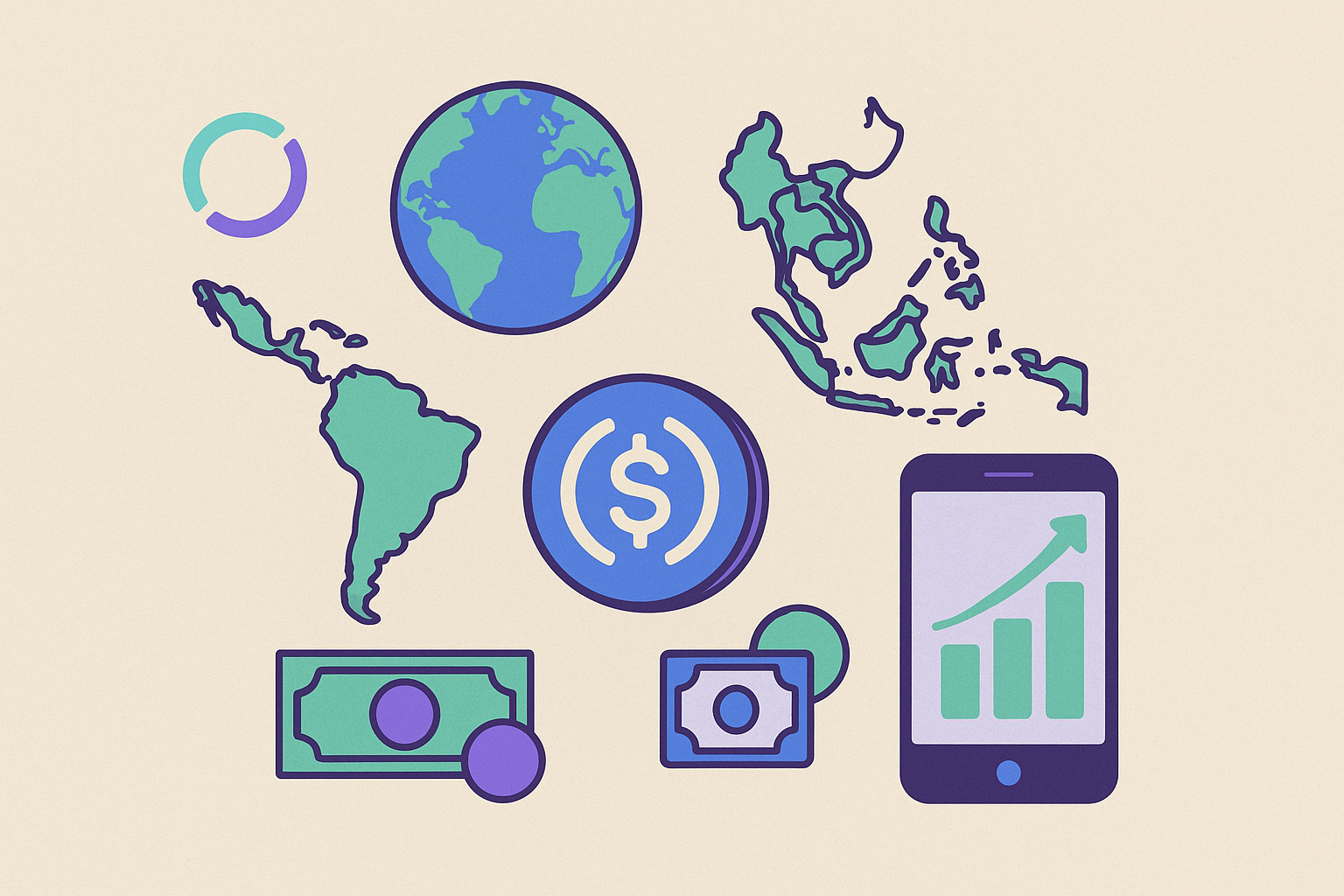
Introduction
The global financial system is undergoing a massive transformation as blockchain-powered digital currencies steadily gain legitimacy and utility. At the forefront of this revolution is USDC (USD Coin), a dollar-backed stablecoin issued by Circle, which has emerged as one of the most trusted and regulated digital assets in the crypto ecosystem. As of June 2025, Circle has announced a major expansion of USDC support into Latin America and Southeast Asia, a strategic move poised to reshape cross-border payments, enhance financial access, and promote economic inclusion in emerging markets.
The expansion of USDC to new global markets is not just a product launch—it’s a signal of the rapidly maturing role stablecoins play in today’s financial architecture. By focusing on underserved regions with significant demand for fast, affordable, and reliable financial infrastructure, Circle is addressing long-standing issues in international finance while positioning USDC as a foundational layer for the digital economy.
What Is USDC And Why Does It Matter?
USDC is a fully-reserved, fiat-backed stablecoin pegged 1:1 to the U.S. dollar. Unlike volatile cryptocurrencies like Bitcoin or Ethereum, USDC is designed for price stability, making it ideal for payments, savings, and remittances. Each USDC token is backed by equivalent reserves held in regulated U.S. financial institutions, regularly audited to ensure transparency.
Circle, the issuer of USDC, is a regulated financial technology company that has gained credibility through partnerships with leading banks, fintech firms, and global payment networks. Since its launch in 2018, USDC has become one of the top three stablecoins globally by market capitalization, with a steadily growing role in decentralized finance, remittances, e-commerce, and even payroll systems.
Circle’s Strategic Global Expansion
In June 2025, Circle formally announced the expansion of USDC support into two key emerging regions: Latin America and Southeast Asia. This expansion includes:
Establishing partnerships with local fintechs and banks.
Integrating USDC into regional payment apps and platforms.
Enhancing fiat on-ramps and off-ramps in national currencies.
Offering developer tools for building applications on blockchain networks using USDC.
These initiatives are expected to open new opportunities for millions of people and businesses in countries where traditional financial infrastructure is either expensive, inefficient, or inaccessible.
Why Latin America And Southeast Asia?
Circle’s choice of Latin America and Southeast Asia is no coincidence. These regions share several financial challenges that USDC is uniquely positioned to address:
High Cost of Remittances
Millions of families in Latin America and Southeast Asia rely on remittances sent by relatives working abroad. Traditional remittance services charge fees ranging from 5% to 10%, and the process can take several days. By contrast, USDC enables instant, low-cost cross-border transfers at any time of day.
Currency Volatility and Inflation
Many countries in these regions experience high inflation and local currency devaluation. Stablecoins like USDC provide a digital alternative to unstable local currencies, allowing residents to preserve value and transact in dollars without needing a U.S. bank account.
Unbanked Populations
According to World Bank data, nearly 50% of adults in Latin America and 60% in Southeast Asia are unbanked or underbanked. With just a smartphone and internet connection, USDC provides access to a secure and open financial system, promoting greater inclusion.
Cross-Border Payments: A Key Use Case
The expansion of USDC in these regions unlocks the full potential of blockchain technology for cross-border payments. International transactions—whether remittances, business-to-business settlements, or freelancer payments—have long been plagued by inefficiencies. Traditional banking systems rely on intermediary networks such as SWIFT, which adds both time and cost.
By using USDC, businesses and individuals can transfer digital dollars directly and instantly across borders using blockchain networks such as Ethereum, Solana, and Avalanche. This peer-to-peer transfer model removes intermediaries, reduces transaction costs, and ensures near-instant settlement, even on weekends or holidays.
This capability is a game-changer for small businesses, remote workers, and international traders who previously faced significant barriers to global commerce.
Partnering With Local Ecosystems
To make USDC truly functional in Latin America and Southeast Asia, Circle is partnering with local financial institutions, fintech apps, and blockchain developers. These partnerships are critical for building the infrastructure that enables:
Converting USDC to local currencies.
Paying bills and merchants with USDC.
Withdrawing to mobile wallets or bank accounts.
Using USDC within decentralized apps for lending or investing.
In Latin America, collaborations are underway in countries like Brazil, Colombia, and Mexico, where crypto adoption is already growing rapidly. In Southeast Asia, Circle is working with partners in Philippines, Indonesia, Vietnam, and Thailand, each of which has a dynamic fintech ecosystem and growing demand for blockchain-based financial solutions.
Regulatory Compliance And Transparency
Unlike many crypto projects, Circle has made regulatory compliance and transparency central to its business model. USDC is issued by Circle under U.S. financial supervision, and the company provides monthly attestations from leading accounting firms to verify that all circulating USDC is fully backed by reserves.
As USDC expands internationally, Circle is also engaging with regional regulators to ensure compliance with anti-money laundering (AML) and know-your-customer (KYC) requirements. This regulatory-first approach makes USDC a preferred option for financial institutions, businesses, and governments seeking to explore digital asset solutions within legal frameworks.
Empowering Developers And Entrepreneurs
Circle’s global expansion is not just about financial services—it’s also about innovation and developer empowerment. The company provides APIs and developer tools to integrate USDC into new products and services, ranging from:
- Peer-to-peer wallets
- On-chain lending platforms
- NFT marketplaces
- Crypto payroll systems
- Micropayment apps
By entering markets with high smartphone penetration and vibrant tech communities, Circle is enabling a new wave of local Web3 startups to build inclusive financial services using stablecoins.
Addressing Challenges And Risks
While the promise of stablecoin adoption is significant, challenges remain. Circle must navigate:
Regulatory differences across jurisdictions.
Risks related to money laundering and illicit finance.
Potential resistance from incumbent financial institutions.
Infrastructure gaps in underbanked regions.
Volatility in the broader crypto market affects perception and trust.
However, Circle’s proactive compliance strategy and transparent operational model position it well to address these issues as the ecosystem matures.
The Broader Stablecoin Landscape
Circle’s expansion must also be understood in the context of the broader stablecoin market, which is growing rapidly and becoming more competitive. Rivals like Tether (USDT), PayPal USD (PYUSD), and emerging central bank digital currencies (CBDCs) are also targeting cross-border payments and global trade.
However, USDC stands out for its compliance record, transparent operations, and strong U.S.-based regulatory framework. By expanding into regions with high unmet demand, Circle is not just growing its user base—it is setting the standard for what a trusted, global stablecoin should look like.
Future Outlook: A New Era Of Digital Finance
The global expansion of USDC is more than a regional rollout—it represents the next phase in the evolution of digital money. By focusing on practical use cases such as remittances, savings, and payments, Circle is building real-world utility for blockchain technology.
In the coming years, USDC could become a vital infrastructure layer for the global economy, enabling:
Faster, cheaper remittances.
Greater access to U.S. dollars in emerging markets.
Open financial systems that work across borders.
More resilient local economies through digital inclusion.
With thoughtful regulation, strong partnerships, and continued innovation, stablecoins like USDC have the potential to unlock billions in economic value, improve lives, and reshape how people move money in the digital age.
Conclusion
Circle’s strategic expansion of USDC into Latin America and Southeast Asia marks a significant milestone in the journey toward a more open, efficient, and inclusive financial system. By leveraging blockchain technology to provide instant, secure, and affordable financial services, USDC is empowering individuals and businesses in regions that have long been underserved by traditional finance.
As global adoption of digital assets continues to grow, stablecoins are becoming more than just a crypto niche—they are emerging as the digital backbone of tomorrow’s financial world. And with this bold move into new markets, Circle is positioning USDC to be at the center of that transformation.


